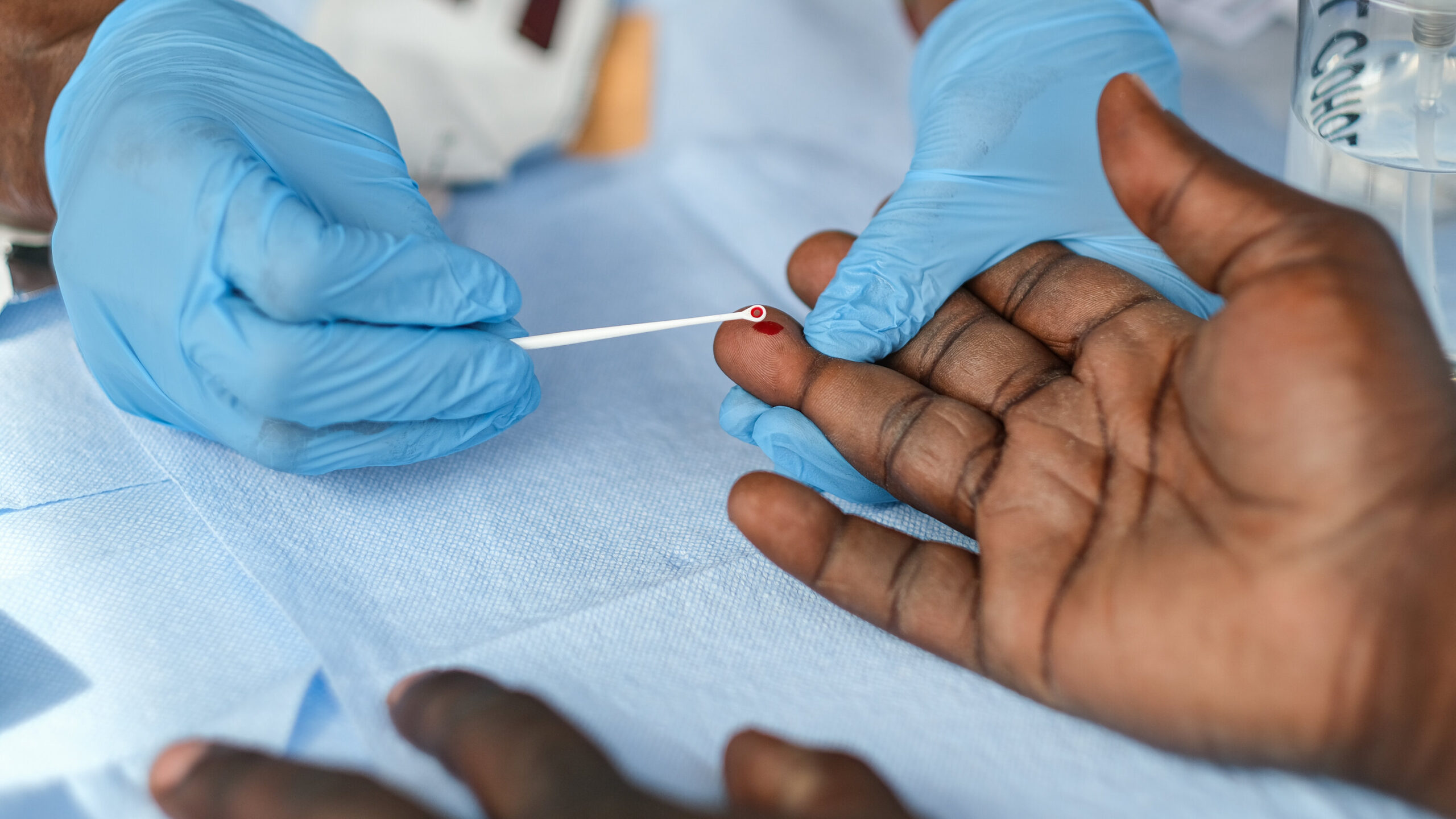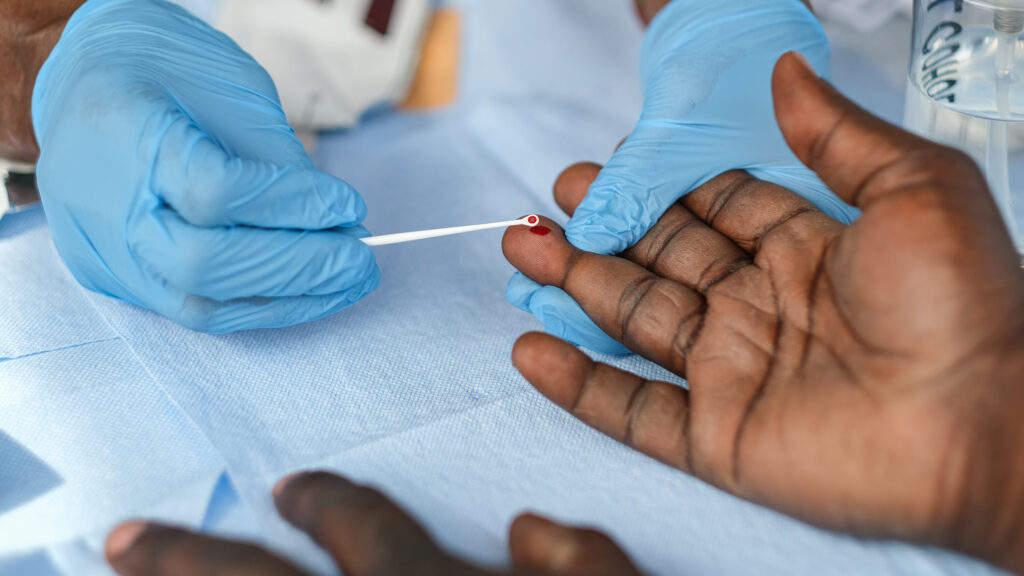

 HIV Vaccine Progress at Risk Amid Funding Cuts
HIV Vaccine Progress at Risk Amid Funding Cuts
Despite major scientific advancements, proposed federal funding cuts could threaten the future of HIV vaccine research in the United States.
Why an HIV Vaccine Is Essential
Since the early days of the HIV epidemic in the 1980s, science has made tremendous progress in transforming HIV from a fatal disease into a manageable condition. Today, antiretroviral therapy (ART) allows people living with HIV to lead long, healthy lives and dramatically reduces the risk of transmission. However, these treatments require lifelong adherence and are not universally accessible or affordable.
A vaccine offers a long-term preventive solution that could help end the epidemic. It could eliminate the burden of daily medication and provide a proactive line of defense against the virus—especially in underserved communities.
Setbacks from Proposed Funding Cuts
The Trump administration’s proposed plan to slash nearly all funding for HIV vaccine research has alarmed many public health experts. Reports indicate that the Department of Health and Human Services (HHS) instructed the National Institutes of Health (NIH) to halt new funding for HIV vaccine projects in the coming fiscal year.
Institutions such as the Duke Human Vaccine Institute and Scripps Research Institute could be forced to shut down long-standing HIV research programs. Moderna has also reportedly paused its ongoing clinical trials for an mRNA-based HIV vaccine.
Scientific and Social Consequences
Experts warn that defunding these programs could delay the development of an effective HIV vaccine by years or even decades. Once disbanded, research teams may not be easily reassembled. Talented scientists may leave the field entirely, resulting in a loss of valuable expertise.
According to Dr. Jake Scott of Stanford University, “There is no scientific or medical justification for halting progress when we are closer than ever to a vaccine.”
Current Treatments Are Not Enough
While more than 50 antiretroviral drugs are approved for use, none offer a cure. Many treatments—such as Truvada, Descovy, and Biktarvy—suppress the virus but require consistent access, which can be limited by socioeconomic barriers. Long-acting injectable medications are now available but remain costly and are not a substitute for prevention.
Preventive Measures and the Role of Vaccines
Preventing HIV remains a top priority. Common strategies include condom use, safe injection practices, and the use of PrEP (pre-exposure prophylaxis) and PEP (post-exposure prophylaxis). Despite their effectiveness, these tools are underutilized in high-risk populations due to stigma, access barriers, and limited education.
Experts emphasize that a preventive vaccine would be the most impactful intervention—especially in regions disproportionately affected by HIV.
Conclusion
The fight against HIV is far from over. While current treatments have transformed patient outcomes, only a vaccine offers the potential to end the epidemic once and for all. Defunding vaccine research at this critical moment threatens to undo decades of progress and delay a future free from HIV.
For updates on HIV research and public health policies, follow trusted sources like Healthline, NIH, and the CDC.



